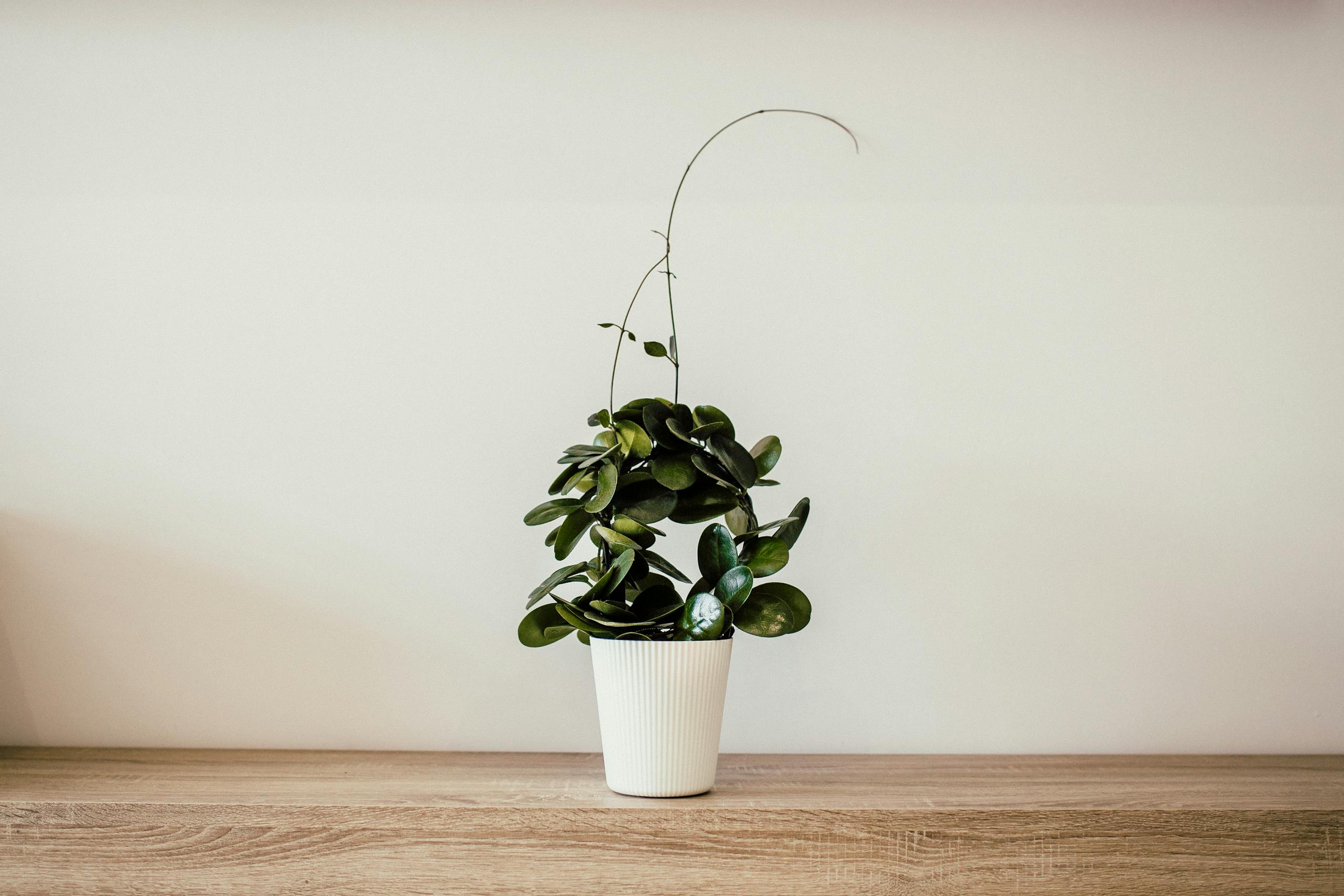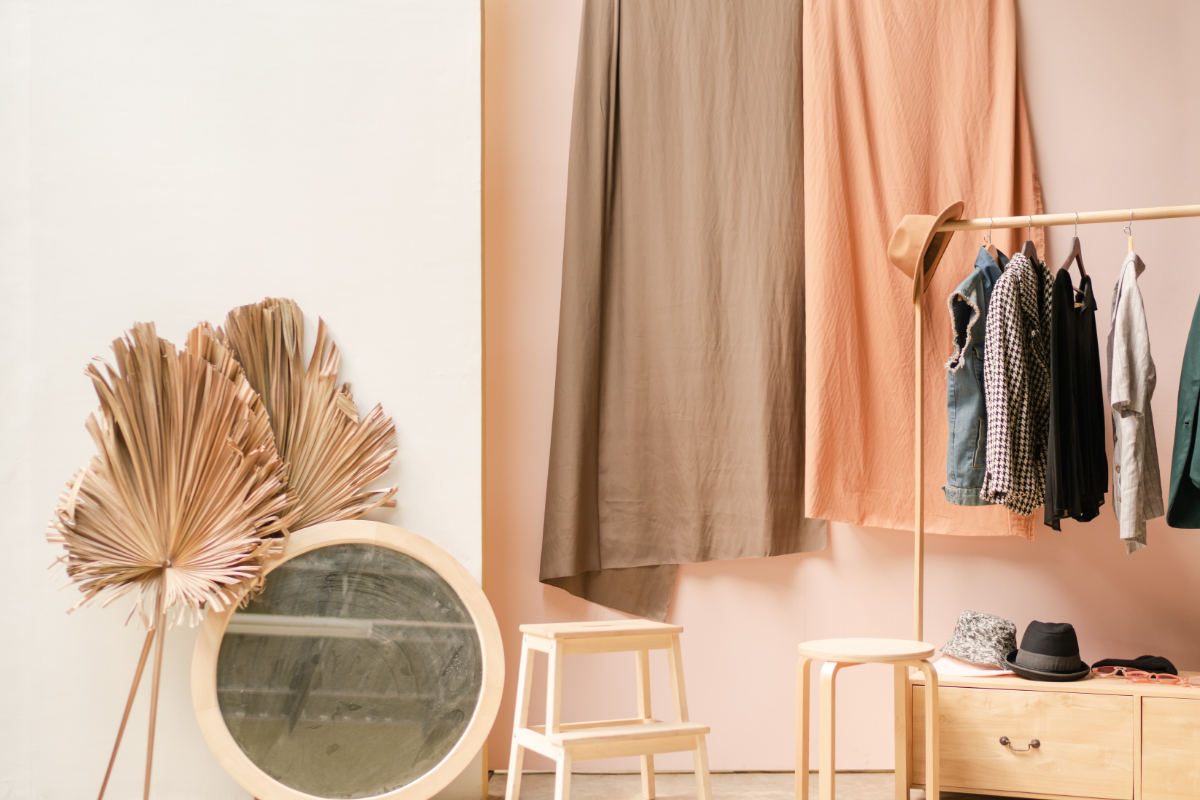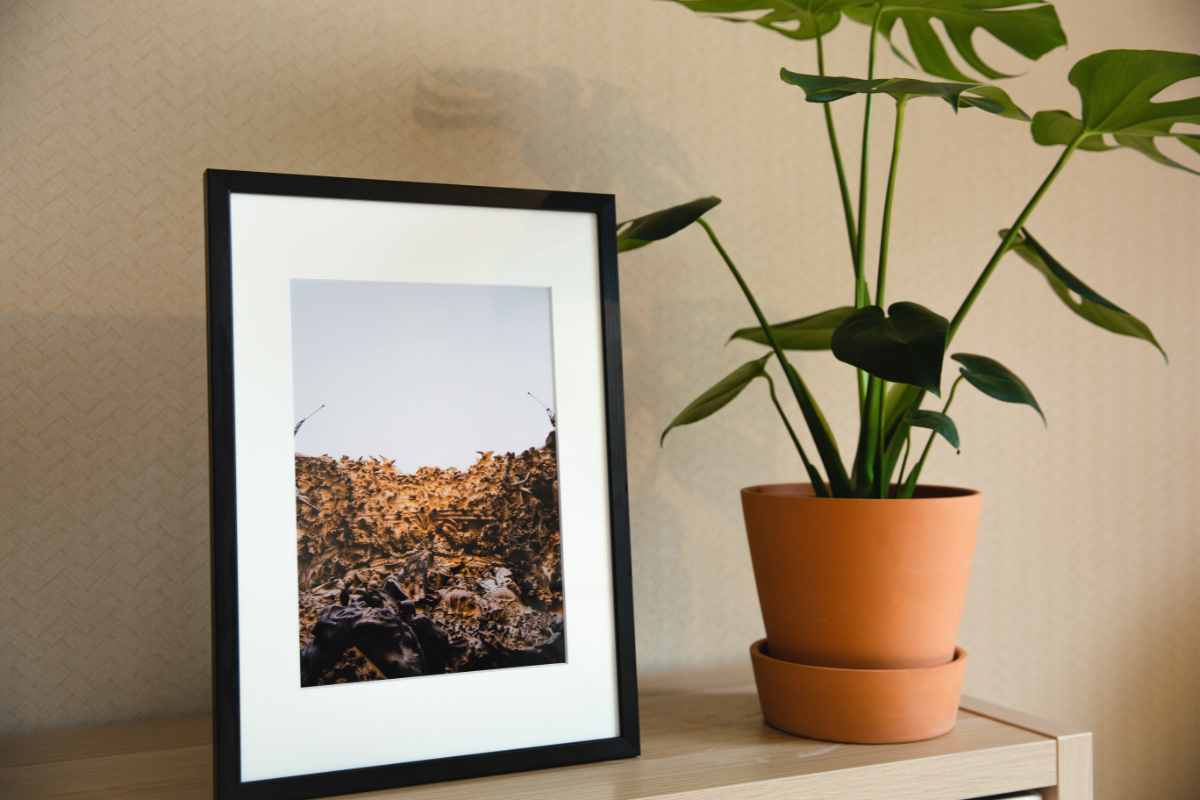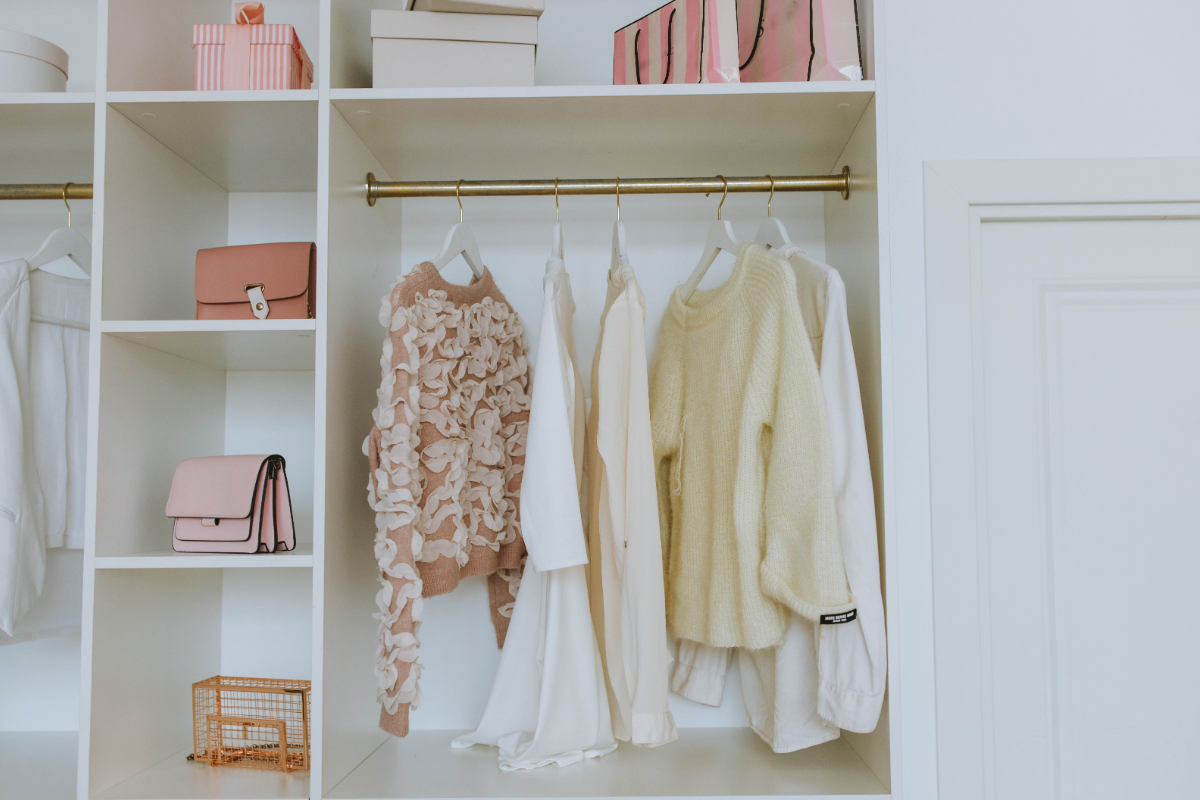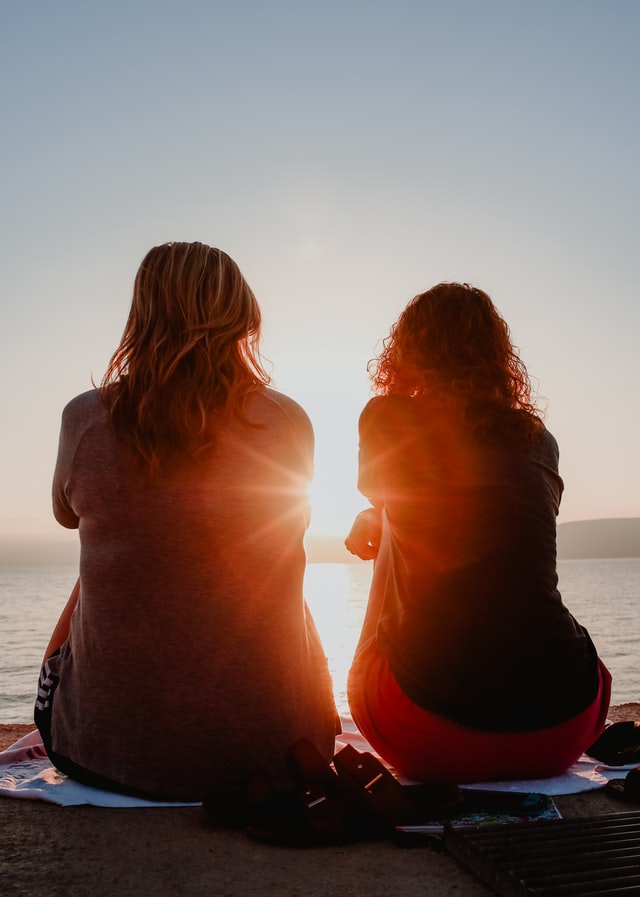Reviewing 10 Tips for Exploring the World of Minimalism
There are some affiliate links below, but they are all products I highly recommend. For more info, view my disclosure here.
Minimalism has become an increasingly popular lifestyle choice in recent years. People are drawn to its simplicity and the freedom it provides from material possessions, allowing them to focus on what truly matters in life. If you’re new to minimalism and would like to explore it further, this article provides 30 tips to help you get started.
From learning how to declutter your home and setting boundaries with technology, to figuring out your core values and discovering ways to live more sustainably; these tips will provide valuable insight into the minimalist lifestyle. They have been compiled from experienced minimalists and their personal journeys towards a simpler life.
So if you’re looking for practical advice on how to start exploring minimalism, look no further! The following 10 tips will equip you with the knowledge and tools needed for an effective introduction into this transformative way of living.
1. What Is Minimalism?
Minimalism is a lifestyle choice that emphasizes simplicity and quality over quantity. It encourages us to live with less, and to focus on what truly matters in life. Many people are drawn to it as a way of decluttering their lives and freeing themselves from the stress of possessions or obligations.
But minimalism isn’t just about throwing out all your stuff; it’s about understanding why you have it in the first place and deciding if it serves a purpose for you. This means evaluating your possessions objectively, without sentimentality or guilt attached. It’s also about identifying which activities bring joy and fulfillment into our lives, and prioritizing these over others.
By embracing minimalism, we can learn how to be content with what we have while still striving for more in other areas of life – such as meaningful relationships, impactful work, or personal growth. By discerning where we spend our time and energy, we can become aware of our habits and make conscious decisions that bring us closer to our goals and values.
2. Benefits Of Minimalism
The benefits of minimalism are numerous and can help us to live more meaningful lives. Minimalism is all about simplifying your lifestyle and focusing on what really matters to you. By being intentional with the things we acquire, we are able to avoid the clutter and stress that often comes with having too much stuff. We can also prioritize our time and energy in ways that bring us true joy.
Living a minimalist lifestyle can also help us save money, since we are not buying things just for the sake of having them or because others have them too. We can use our funds for experiences and activities that will bring us lasting fulfilment, rather than wasting money on items that won’t add any value to our lives. Furthermore, it gives us clarity when it comes to making decisions as we don’t feel like we need more possessions or material items to be happy.
Practicing minimalism has many positive implications on both an environmental and emotional level. When we reduce our consumption habits, fewer resources are being used up, so it contributes towards a sustainable lifestyle. On an emotional level, minimalism leads to a sense of freedom; freedom from being tied down by material items, debt or stress caused by having too much stuff in our lives. Ultimately, this allows us to focus on cultivating meaningful relationships with people around us and enjoying life’s simple pleasures instead.
By embracing minimalism, we can create balance in our lives and make conscious decisions about how we want to live. This way of living encourages self-reflection and mindfulness so that every day is filled with intentionality and purpose.
3. Strategies For Decluttering
As we’ve seen, minimalism has many benefits. But how can one go about achieving it? Decluttering is an essential first step in the journey towards minimalism. There are a few strategies that can help you get started.
Firstly, it’s important to be realistic when sorting through your belongings. While it may be tempting to try and get rid of everything you own, this isn’t always feasible or practical. Instead, focus on items that are no longer useful or necessary for your lifestyle. Ask yourself if these items bring joy or value into your life; if not, set them aside for disposal or donation.
Next, break down decluttering into smaller tasks and make a plan of action. Don’t try to tackle the entire process at once – instead spread it out over several days or weeks so that it doesn’t feel overwhelming. Also look for ways to simplify other areas of your life beyond just physical possessions; this could include setting up digital organization systems, streamlining daily routines and committing to more mindful practices.
Decluttering can be a daunting task but with some planning and discipline it’s possible to establish habits and create a simpler way of living. It’s all about taking small steps towards making positive changes in order to achieve a more meaningful lifestyle with less stuff.
4. Strategies For Reducing Physical Possessions
When it comes to exploring minimalism, there are several strategies for reducing physical possessions. The first method is to go through your belongings and ask yourself if you really need them. Do they hold any sentimental value or do they bring you joy? If not, consider donating or recycling them.
The second approach is to limit the number of items you bring into your home. Whenever possible, look for items with multiple functions that can serve multiple purposes – rather than buying a single-use item or something that will quickly become obsolete. Additionally, consider investing in higher quality items that last longer and need less replacement over time.
Finally, take some time each month to review what you have in your home and consider whether anything can be removed or replaced with something more efficient or multipurpose. This is an ongoing process, but it’s a great way to ensure that your possessions are always in alignment with your values and goals.
5. Strategies For Reducing Digital Possessions
As we explore the world of minimalism, it’s important to consider not just physical possessions but digital ones as well. Strategies for reducing digital possessions can help us find balance and harmony in our lives.
First, it’s a good idea to go through our digital devices and delete anything that we don’t need or use anymore. This could include apps, photos, files and other items. We can also unsubscribe from emails that no longer interest us or are unimportant. Doing this will help clear up space on our device and make things easier to manage.
Another great strategy is to limit the time we spend on social media. It’s easy to get caught up scrolling through feeds endlessly which can be distracting and unproductive. Setting aside specific times of the day to check social media can help us stay focused and mindful of how much time we’re spending online.
Finally, making sure our devices are backed up regularly is an important step in protecting our data and avoiding potential loss or damage due to technical issues. Using cloud storage or external hard drives can provide us with peace of mind knowing that if something were to happen, our data would still be safe and secure.
6. Strategies For Identifying Unnecessary Consumption
The journey to minimalism can be a challenging one. One of the most difficult steps is identifying unnecessary consumption and taking the necessary steps to reduce it. This article offers strategies that can help with this process.
To begin, it’s important to think about why we consume. Are we consuming out of a need or a want? In many cases, we purchase items because they bring us pleasure – but are those items really necessary? Taking some time to reflect on our consumption habits can help us identify how much of our purchasing is actually necessary.
Next, it’s important to look closely at your budget and see where you’re spending money unnecessarily. It could be something small like a daily coffee from your local cafe, or something bigger like an expensive item that you don’t use very often. Taking note of these purchases will help you better understand where you might be able to cut back and save money in the long run.
Finally, it’s important to make sure that any changes you make are reasonable and won’t cause too much disruption in your life. Adjusting your consumption habits can take time and patience, but with careful consideration and dedication, it’s possible to achieve a more minimal lifestyle.
7. Strategies For Practicing Minimalism Financially
When it comes to embracing minimalism, finances are a key area to consider. Practicing minimalism financially can help us save more and reduce our dependence on material goods. Here are some tips for getting started.
The first step is understanding your financial situation. Take a look at your income, expenses, and debts to get an idea of where you stand. This will provide an important baseline for setting budget goals and tracking progress over time.
Next, identify areas where you can cut back on spending. Consider how much money you’re spending on food, entertainment, clothing, and other items that don’t contribute to long-term financial stability or happiness. Start by cutting back in small ways – like bringing lunch to work instead of eating out – then move onto bigger lifestyle changes if desired.
Finally, start investing in yourself and building up your savings account. Investing in yourself can include taking classes or pursuing hobbies that add value to your life without requiring large amounts of money. Building up savings will help protect against unexpected costs while giving you the freedom to pursue what matters to you most in life.
8. Strategies For Practicing Minimalism Socially
It’s important to remember that minimalism isn’t just about being financially responsible. It can also be about streamlining your social life and relationships. So, here are some strategies for practicing minimalism socially.
First, be mindful of the people you keep in your circle. Who are the people who add value to your life? Focus on fostering deeper relationships with those people, while letting go of any toxic or superficial relationships. Secondly, practice self-care and gratitude by taking time away from social media and other forms of digital communication. This will help you stay connected with yourself and prioritize real-life experiences over superficial ones.
Finally, focus on quality over quantity when it comes to activities you do with friends or family. Instead of cramming your schedule full of commitments that leave you feeling drained, pick a few meaningful activities each month to really savor and enjoy. Remember: Minimalism is ultimately about finding more space in your life for the things that truly matter – both financially and socially!
9. Strategies For Practicing Minimalism Philosophically
It’s not only enough to practice minimalism in our daily lives, but we can also apply it to our philosophical outlook as well. Philosophical minimalism refers to a worldview based on the idea that life is best lived with fewer possessions and attachments. This outlook can be extremely beneficial for cultivating contentment and peace of mind.
In order to practice minimalism philosophically, it’s important to start by examining your beliefs and values. Ask yourself what truly matters most to you, and then make sure that you’re allocating your time, energy, and resources accordingly. You may find that you have certain beliefs or values that are no longer serving you; if so, it might be helpful to let them go.
Another way of practicing minimalism philosophically is by focusing on quality over quantity. Instead of trying to acquire more things or experiences, focus on the ones that bring you joy and are sustainable in the long-term. Cultivating an attitude of gratitude can also help us appreciate what we already have rather than wanting more. All in all, practicing minimalism philosophically can help us become more mindful of how we live our lives each day.
10. Making Minimalism A Long-Term Lifestyle
Making minimalism a long-term lifestyle can be an incredibly rewarding experience. It requires commitment and dedication to the cause, but it’s worth it for those who are looking to live a simpler life. In order to make minimalism part of your lifestyle, there are some strategies you can use.
The first step is to declutter your space. Get rid of items that have no purpose or bring no value into your life. This can be done gradually over time and doesn’t need to be done all at once. As you get rid of things, pay attention to how it makes you feel. Do you find yourself feeling less weighed down? Are you more able to focus on what truly matters?
Another strategy is to set goals for yourself and track progress as you move forward in your journey towards living a minimalist lifestyle. Identifying areas where you want to make changes and tracking your progress can help keep you motivated and ensure that the changes stick in the long term. Additionally, finding support from other people who practice minimalism may be beneficial as they can offer guidance and encouragement along the way.
Living a minimalist lifestyle is not easy but with commitment, dedication, and focus on what really matters most, it can become part of your life for years to come.
Minimalism is a lifestyle that can help you to prioritize what’s important and reduce stress. It’s not about deprivation, but rather it’s about getting rid of the unnecessary so that you can focus on what really matters. With intentionality and practice, minimalism can become a long-term lifestyle that allows you to live intentionally and with purpose.
To begin exploring minimalism, it’s important to start small. Focus on one area at a time, and be patient with yourself as you make changes in your life. You don’t have to do everything at once; instead, take it step by step and let minimalism become part of your life over time.
Ultimately, minimalism can bring clarity into your life so that you can focus on the things that are meaningful to you. You may find that a minimalist lifestyle helps you feel more contentment and joy as well as providing more space for growth and creativity. So if you’re ready to bring simplicity back into your life, give minimalism a try!
